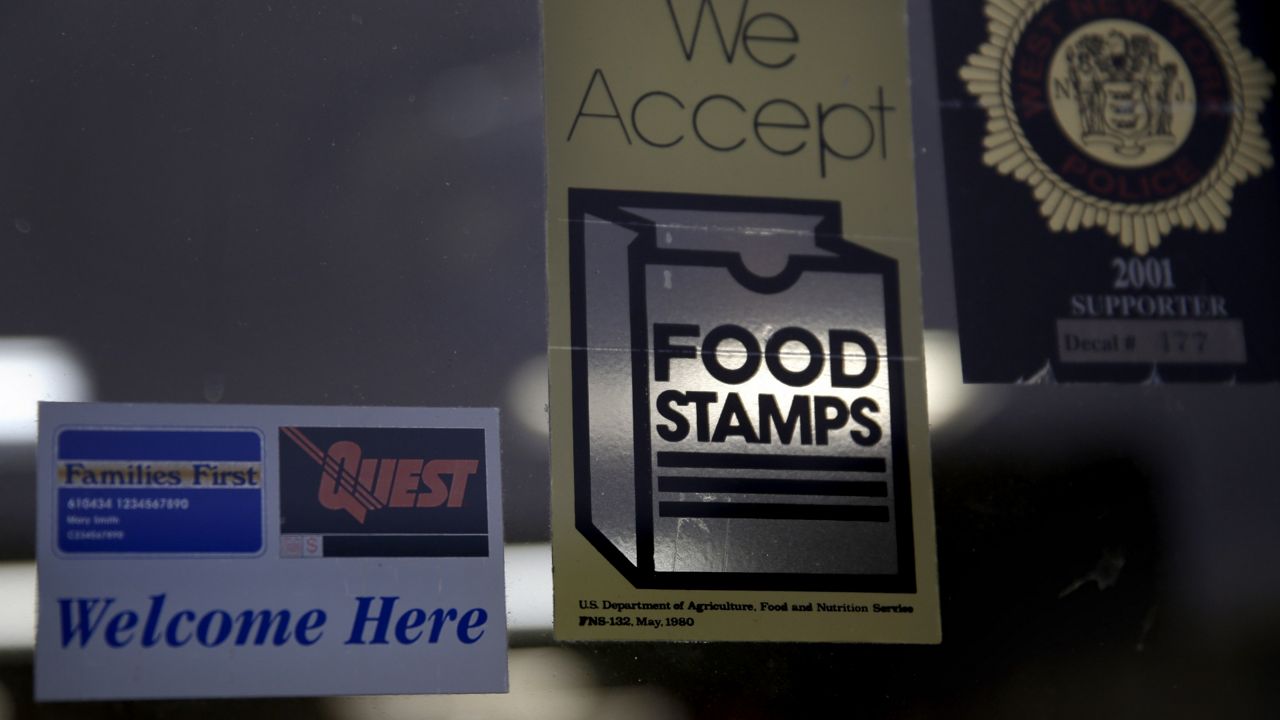The U.S. Department of Agriculture confirmed Monday that individuals using Supplemental Nutrition Assistance Program (SNAP) benefits will soon see a permanent increase in their monthly funds.
Starting on Oct. 1, the average SNAP benefit will increase by an average of $36.24 per individual each month, or about $1.19 more per day — a total increase of about 25% of the previous monthly allotments.
In concrete terms, the average monthly per-person benefits will rise from $121 to $157. The increased assistance will be available indefinitely to all 42 million SNAP beneficiaries.
“Ensuring low-income families have access to a healthy diet helps prevent disease, supports children in the classroom, reduces health care costs, and more,” Agriculture Secretary Tom Vilsack wrote in a statement. “And the additional money families will spend on groceries helps grow the food economy, creating thousands of new jobs along the way.”
The change is the largest single increase in the program’s history, and the first time since the SNAP program started in 1975 that the “purchasing power” of the plan has changed.
The increase came about following a review of the Thrifty Food Plan, which the government describes as the “cost to purchase groceries for a family of four,” which is “designed to meet the nutritional needs of an average person consuming a healthy, cost-conscious diet at home.”
The federal government typically releases four plans that compare the cost and nutritional value of diets at various socioeconomic levels: The Thrifty, Low-Cost, Moderate-Cost and Liberal Food Plans, of which the Thrifty Food Plan is the lowest cost of the four.
By studying current food prices, the diet of an average American, dietary guidance, and average nutritional value of groceries, the USDA determined that the cost of a “nutritious, practical, cost effective diet” was 21% higher that what the Thrifty Food Plan spending allowed.
In addition to upping the monthly SNAP benefits, the USDA also released updated guidance on what constitutes a health-conscious diet to include more fish, red and orange vegetables, and a “modest” increase in calories to better align with recommendations from the Dietary Guidelines for Americans.
The amended SNAP benefit is part of a multi-pronged effort from President Joe Biden’s administration to strengthen the country’s social safety net. Poverty and food security activists maintain that longstanding inadequacies in that safety net were laid bare by the COVID-19 pandemic, presenting an opportunity to make generational improvements that reach beyond the current public health crisis.
Activists say the previous levels of pre-pandemic SNAP assistance simply weren’t enough, forcing many households to choose cheaper, less nutritious options or simply go hungry as the funds ran low toward the end of the month.
The Associated Press contributed to this report.



